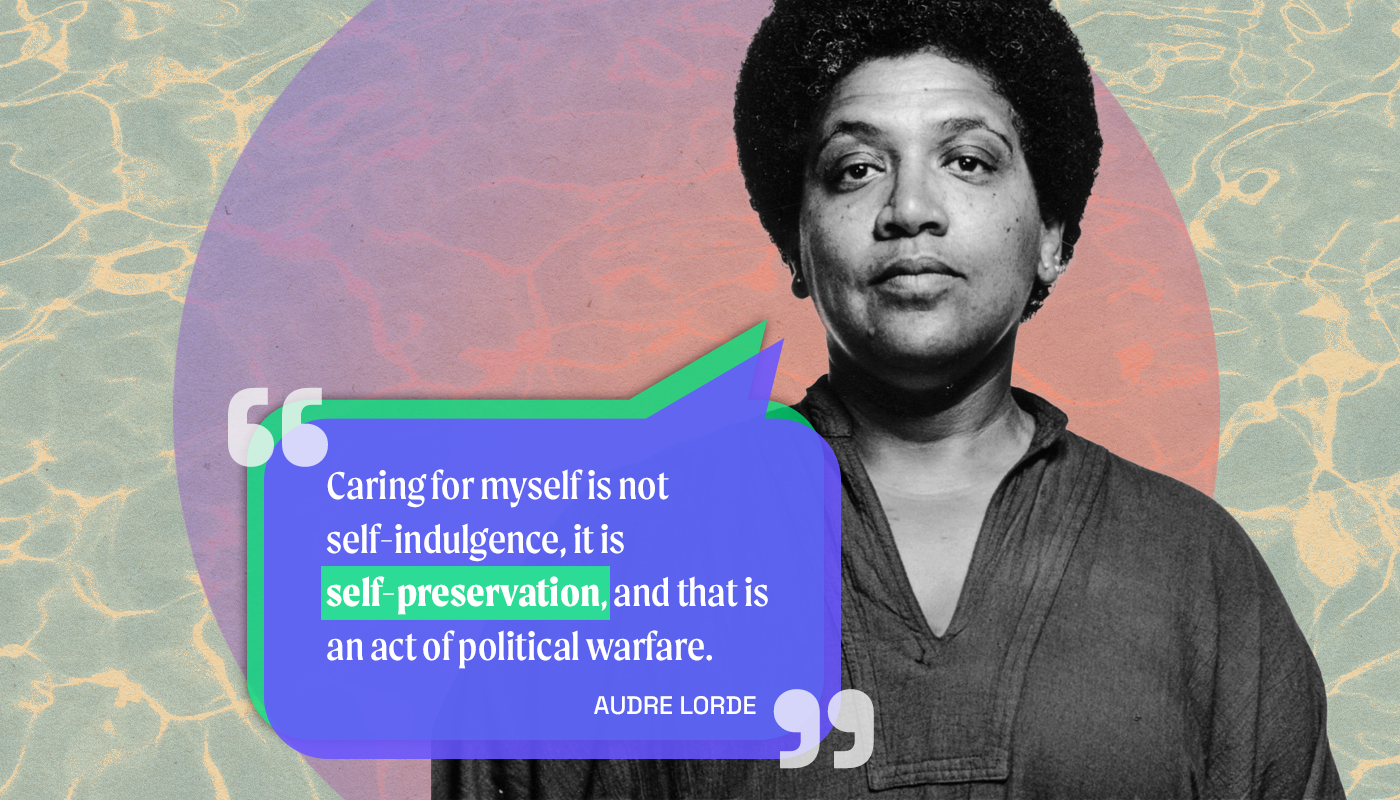This small change can make a huge difference in building a diverse workforce
New study unlocks the key.

A company’s executives, leaders, and values can have a significant impact on the workplace experiences of its employees. Lack of diverse leadership can cause employees to feel misguided and overlooked. For example, some employers failed to even privately address the BLM movement during its peak in June 2020— a failure that reflected a lack of connection to many employees and a lost opportunity to increase inclusivity and properly care for their colleagues.
Is it weird that I’m in four different slacks (one work, three others all professional orgs) and only ONE slack owner/member of the leadership team in any of those slacks has mentioned ANYTHING related to police brutality/BLM/the events of the past seven days?
— Sara G. (@saragardinier) June 1, 2020
Diversity within the leadership of a company can help build an environment in which the leaders understand the sentiments of the employees, have the resources to address and assuage their worries, and are in a position to shape the company in a way that will embrace diversity more wholly. Since leaders have the power to influence conversations at work, they may be effective in allowing crucial issues to be brought to the table, ultimately cultivating a space of greater inclusion for employees. Diversity in the workplace fosters mutual respect among employees but is still lacking. In fact, 57% of employees think their companies could do more to cultivate diversity. This lack of diversity and the subsequent attitudes it evokes in employees can affect how people feel at work and how accepted they are by fellow employees.
We can’t talk about workplace diversity without acknowledging a history of systemic bias and racism in the United States. Even decades after the Civil Rights Act, the number of Black Americans in management positions remains small. At work, Black employees and other historically excluded groups deal with barriers, such as explicit racism, subtle racism, microaggressions, and “aversive” racism. In addition, the feeling of being treated differently from others can harm Black employees’ general health and well-being at work.
The treatment historically excluded groups receive, the feelings of differences they face in the workplace, and the ways they learn to cope with these sentiments can continue to cause exclusion in workspaces. Rather than being given the support they need to make their voices heard, the systems in place discourage historically excluded groups from voicing their sentiments and ultimately create obstacles at work.
Making a conscious effort to value and hold space for historically excluded groups is important and perhaps difficult to navigate. In a Twitter discussion about how to best create a diverse and inclusive online learning environment during the COVID-19 pandemic, users opened up about balancing inclusivity with authenticity.
It’s a tough convo on this platform to have due to the bubbles we inadvertently find ourselves in. Is it doable? Yeah I think so. A big question is, how do you create an inclusive environment that is organic, without having had the experience. As a Chicano, I see many times
— 🦅Aldo🦅 (@AldoAvina) May 5, 2020
Are allowed in. Have a general space, and then people can branch off into places they feel comfortable, with discussions led by people they relate to. I suggest also looking for programming folks in these research communities. I was in SACNAS long ago, as well as McNair program.
— 🦅Aldo🦅 (@AldoAvina) May 5, 2020
Although creating an organic yet inclusive space may be a delicate balance, it requires input from under-engaged and underrepresented groups. As company values in diversity allow for greater interest from and hiring of historically excluded groups, these employees can be instrumental towards building a more inclusive yet authentic space.
A new direction
A new research study investigated how to attract candidates from historically excluded groups for leadership roles. Through an experiment conducted at a large corporation, the study found that expressing interest in employee diversity on recruitment materials, including in a job description, can more than double interest in openings among underrepresented ethnic groups.
Subjects were selected to take part in the experiment through recruitment efforts at the financial services firm through which the study took place. The firm typically recruits participants by emailing campus contacts throughout the nation. Individuals who clicked on the link in the email were randomly assigned to the study’s conditions — a control condition, a condition that emphasized employee diversity (Diversity), and a condition that encouraged people from a broad range of fields to apply (Major). This last condition was intended to appeal to fields outside of the firm’s area in finance, specifically fields that tend to be occupied by a large number of historically excluded groups.
The study found that the participants across all treatment conditions were more interested in the company or the sector than those in the control, raising interest by 25%. With regard to the historically excluded groups, the study found that the “Diversity” conditions increased interest from underrepresented groups by 30%, increased applications by 21%, and increased the number of underrepresented groups selected by 11%. Furthermore, the “Diversity and Major” messages led to an increased interest from underrepresented groups and did not deter members of overrepresented groups from applying. This suggests that the “Diversity” messages can be beneficial for both underrepresented and overrepresented groups. The study also found that the “Diversity” messages were better at increasing interest from African Americans and Hispanics than the “Major” messages.
Here’s the catch:
The study also indicated that signaling explicit interest in employee diversity did not have a significant effect on increasing interest from women participants. In 2021, women’s participation in the labor force was at 55.9%, compared to men, who were at 67.1%. Given this large discrepancy between men and women in the workplace, it is thus even more important for employers to consider how to expand female executive leadership and how to reduce barriers such as microaggressions, unconscious bias, and double standards that follow women, particularly women of color.
Creating a space where diversity is welcomed

While this research study has implications for how companies can increase employee diversity, supporting people of color at every stage of their career is also important for improving diversity in an organization. There’s more to be done beyond vocal, emphasized diversity values. Workplace culture can have too many barriers for employees of color for us to just end inclusion efforts there. Compounded by the social injustices happening outside the workplace, microaggressions can have a mental toll on employees of color and can negatively change the culture of the workplace for them.
Organizations have the opportunity to build on diversity recruitment efforts by creating a welcoming, inclusive environment where they will be supported. Mentoring and sponsorship programs can be an immense source of engagement for employees and can bolster diversity in the workplace. However, while white male executives tend to seek out and find mentees by themselves, they often do not feel comfortable contacting women and minorities for informal mentoring. By explicitly placing value on diversity, companies can develop diverse leadership. In turn, this can foster more inclusive mentorship opportunities and help historically excluded groups approach others in their organization, ultimately allowing others to gain the resources and support they need to move up in the organization.
The gist:
Simply indicating the company’s value on diversity can encourage historically excluded groups to gain interest in, apply for, and ultimately successfully take on new positions. This research speaks to the importance of company culture and the company’s expression of values to their applicants and employees. Reclaiming the company culture to explicitly embrace diversity can be a simple but effective way to encourage historically excluded individuals to join the organization.
This has implications for how diversity in leadership can be cultivated and why it needs to be improved. According to the study, leveraging this information will improve workplace diversity and encourage underrepresented minorities to pursue executive roles. However, much more work needs to be done to improve diversity in the workplace to make them truly inclusive for these groups. ![]()






